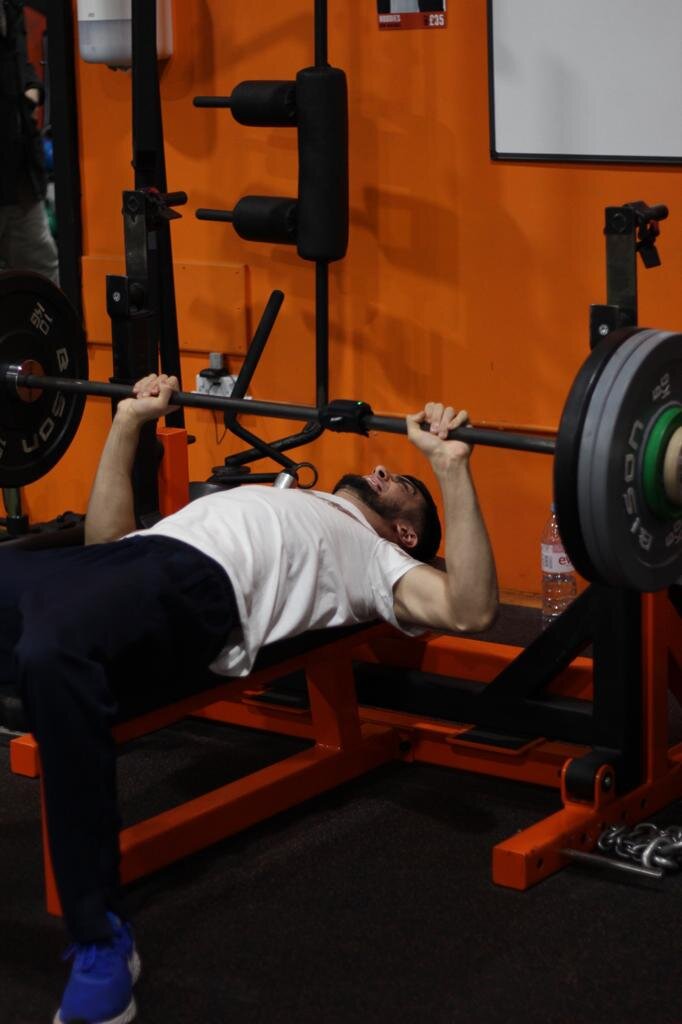This Article is Sponsored by Studio 9 Fitness. The Premier Sports Performance Facility in Wokingham, Berkshire.
Velocity Based Training is when you record the speed of lifts to monitor performance and structure programmes. Here at Built Not Born we use the PUSH Band as a training tool for improving an athlete’s strength and speed.
A forceful punch is dependent on the amount of force produced in a short amount of time. Velocity based training helps us to produce a load-velocity profile of the athlete and set specific velocity targets at different loads depending on the goal i.e. strength, power, speed.
Why do we use VBT?
Training intensity can be difficult to monitor.
Typically, intensity has been calculated as a percentage of 1RM. An athlete’s 1RM is determined at the start of a training programme by testing their maximal strength, and then again at the end of the training programme to monitor progress.
This can be difficult to measure when we take account of daily fluctuations in strength. When fatigue develops, velocity slows.
Technology such as the PUSH Band measures movement velocity as a marker of intensity rather than % of 1RM. It also enables us to reduce the effects of fatigue during strength training as we can use the technology to estimate metabolic stress and neuromuscular fatigue when data is collected and average values of each athlete are taken and compared.
We can also identify and target specific training qualities.
The Strength-Velocity Continuum and associated velocity ranges are shown in the table below for illustration. It shows that when the load gets heavier and the percentage of 1RM reaches closer to the athlete’s 1RM, the velocity slows. It also displays the physical qualities being trained when an athlete is training at a particular percentage of their 1RM and the corresponding velocity.
The distinguishability of traits on the continuum using the velocity of movement has been one of the major advantages of velocity based training.
If we want to develop an athlete’s “absolute strength” in the back squat, we might prescribe a load which equates 90-110% of their 1RM, or a maximum velocity of 0.5 m/s or less. Likewise, if the athlete wishes to enhance their “speed-strength”, we may prescribe a load relative to 30-40% of their 1-RM or 1.3-1 m/s.
Velocity based training can add real value to a training programme provided proper technique of exercises is always prioritised.
We are Built not Born.
www.builtnotborn.co.uk
Olympic Youth Medalist Hassan Azim
1RM Testing on The Bench Press
References:
https://boxingscience.co.uk/velocity-based-training-for-boxing/
https://www.scienceforsport.com/velocity-based-training/


